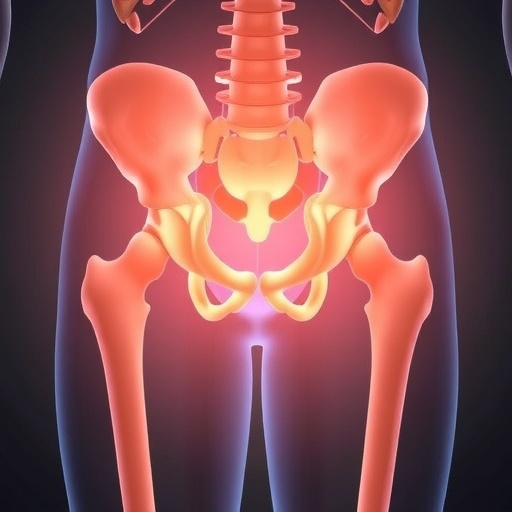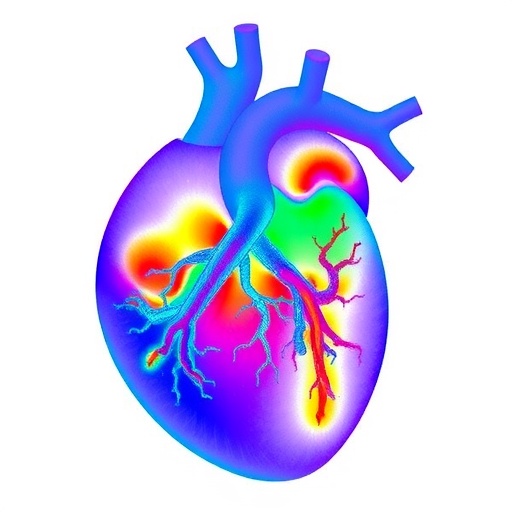TALLAHASSEE, Fla. — A team of Florida State University researchers has discovered that a common household pest can tell us a lot about an aggressive tumor that attacks young children.
Professor of Biological Science Wu-Min Deng and postdoctoral researcher Gengqiang Xie published a new paper in the journal Cancer Research that describes how a complex protein called Snr1, the homologue of human SMARCB1/hSNF5/INI1, acts as a tumor suppressor in an unconventional manner in fruit flies.
Fruit flies are often used as a model to determine the basic fundamentals of several diseases in humans, including cancer, because about 75 percent of human disease-causing genes have a counterpart in the fly.
"Basically, we used a fly's imaginal tissue, composed of cells similar to human epithelia, to understand this cancer gene," Xie said. "There's no treatment for this cancer, so we need to understand how it works first."
Xie and Deng are specifically looking at malignant rhabdoid tumors, highly aggressive tumors that attack the brain or the kidneys and occur primarily in children under 2 years old. There are about 20 to 25 new cases diagnosed each year, according to the Dana-Farber Cancer Institute.
Little is known about these tumors, so finding a cure is incredibly difficult. Researchers investigating the disease are focused on learning how the body functions and why these tumors occur at all.
In studying the fruit flies, Xie and Deng homed in on a specific protein that was generally known as part of a larger protein complex crucial to normal growth and development. They found this protein, which is analogous to one in humans, was molecularly and functionally different than other components of the protein complex.
In carefully orchestrated experiments, researchers removed that protein from several fruit flies. When they did this, the fruit flies immediately experienced tumor growth in the tissues that line the organs.
"It really has a lot of potential because if you want to find treatments, you need to understand how it works," Deng said. "We knew this information would be very useful in understanding human tumor growth."
Deng and Xie hope to further investigate this protein to find out what causes it to occasionally misfire and stop suppressing the tumor growth. Their long-term goal is to find drug molecules to test on these proteins to see if they can develop a treatment.
###
Other institutions contributing to the research are the Chinese Academy of Sciences, the National Cancer Institute and the Sino-French Hoffmann Institute at the Guangzhou Medical University in China.
The research was supported by the National Institutes of Health and the National Science Foundation.
Media Contact
Kathleen Haughney
[email protected]
850-644-1489
@floridastate
http://www.fsu.edu
############
Story Source: Materials provided by Scienmag




